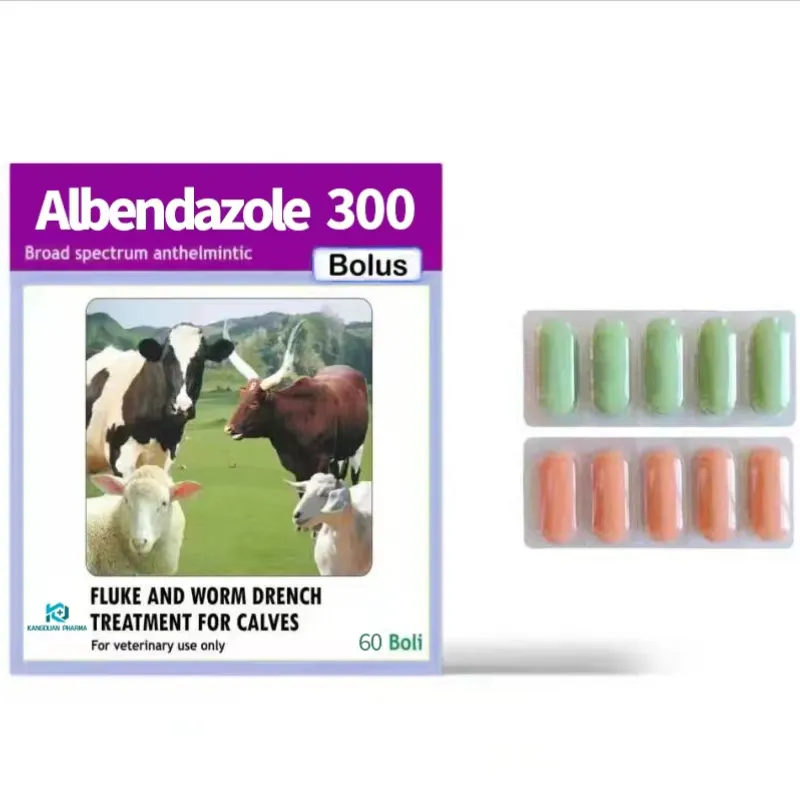- Afrikaans
- Albanian
- Amharic
- Arabic
- Armenian
- Azerbaijani
- Basque
- Belarusian
- Bengali
- Bosnian
- Bulgarian
- Catalan
- Cebuano
- Corsican
- Croatian
- Czech
- Danish
- Dutch
- English
- Esperanto
- Estonian
- Finnish
- French
- Frisian
- Galician
- Georgian
- German
- Greek
- Gujarati
- Haitian Creole
- hausa
- hawaiian
- Hebrew
- Hindi
- Miao
- Hungarian
- Icelandic
- igbo
- Indonesian
- irish
- Italian
- Japanese
- Javanese
- Kannada
- kazakh
- Khmer
- Rwandese
- Korean
- Kurdish
- Kyrgyz
- Lao
- Latin
- Latvian
- Lithuanian
- Luxembourgish
- Macedonian
- Malgashi
- Malay
- Malayalam
- Maltese
- Maori
- Marathi
- Mongolian
- Myanmar
- Nepali
- Norwegian
- Norwegian
- Occitan
- Pashto
- Persian
- Polish
- Portuguese
- Punjabi
- Romanian
- Russian
- Samoan
- Scottish Gaelic
- Serbian
- Sesotho
- Shona
- Sindhi
- Sinhala
- Slovak
- Slovenian
- Somali
- Spanish
- Sundanese
- Swahili
- Swedish
- Tagalog
- Tajik
- Tamil
- Tatar
- Telugu
- Thai
- Turkish
- Turkmen
- Ukrainian
- Urdu
- Uighur
- Uzbek
- Vietnamese
- Welsh
- Bantu
- Yiddish
- Yoruba
- Zulu
9 月 . 06, 2024 21:14 Back to list
Ivomec Injection for Goats - Effective Parasite Control
Ivomec Injection for Goats An Overview
Ivomec, known generically as ivermectin, is a broad-spectrum antiparasitic medication widely utilized in veterinary medicine. It is particularly effective against a variety of internal and external parasites that affect goats and other livestock. The use of Ivomec injection in goats is an essential aspect of their health management, helping to ensure optimal growth, productivity, and overall well-being.
Indications for Use
Goats, like other livestock, are prone to various parasitic infections. Common internal parasites include gastrointestinal nematodes (like Haemonchus contortus), lungworms, and liver flukes, while external parasites may include lice, mites, and ticks. These parasites can lead to significant health issues such as weight loss, anemia, and decreased milk production, which ultimately affect the profitability of goat farming.
Ivomec injection is indicated for the treatment and control of these parasites. The medication works by disrupting the nervous system of the parasites, leading to paralysis and death. This mechanism of action makes Ivomec a powerful ally in the fight against parasitic infections in goats.
Administration and Dosage
Ivomec is typically administered as an injection, which can be a more effective route for certain animals compared to oral formulations. The standard dosage for goats is generally 0.2 mg/kg of body weight, which can be administered subcutaneously (beneath the skin) or intramuscularly (in the muscle). It is crucial for goat owners to follow the dosage guidelines provided by veterinary professionals to avoid under-dosing, which can lead to ineffective treatment, or overdosing, which may cause adverse effects.
ivomec injection for goats

Safety and Precautions
While Ivomec is generally safe when used as directed, there are certain precautions that goat owners should be aware of. As with any medication, some goats may exhibit sensitivity to ivermectin, leading to potential side effects such as lethargy, loss of appetite, or local reactions at the injection site. Pregnant or lactating animals should be treated with caution, and it is advisable to consult with a veterinarian prior to administration in these cases.
Moreover, Ivomec has a withdrawal period that farmers must observe before slaughtering goats for meat or before milk collection, ensuring that ivermectin residues are below acceptable levels. Typically, the withdrawal period may range from a few days up to several weeks, depending on the specific formulation used, so it’s vital to adhere to these guidelines to ensure food safety.
Resistance Management
One of the significant challenges in managing parasites in livestock is the development of resistance to antiparasitic drugs, including ivermectin. Overuse or misuse of Ivomec can accelerate resistance, rendering the drug less effective over time. To mitigate this issue, goat owners are encouraged to implement integrated parasite management strategies, which may include rotating dewormers, selecting for genetic resistance, and practicing good pasture management.
Conclusion
Ivomec injection is a valuable tool in the management of parasitic infections in goats, contributing to their health, productivity, and overall farm profitability. By understanding its usage, administration, safety precautions, and the importance of resistance management, goat owners can effectively incorporate Ivomec into their herd health programs. Always consult with a veterinarian for guidance tailored to specific flock needs and circumstances, ensuring that the health of goats remains a priority in agricultural practices.
-
The Power of Radix Isatidis Extract for Your Health and Wellness
NewsOct.29,2024
-
Neomycin Sulfate Soluble Powder: A Versatile Solution for Pet Health
NewsOct.29,2024
-
Lincomycin Hydrochloride Soluble Powder – The Essential Solution
NewsOct.29,2024
-
Garamycin Gentamicin Sulfate for Effective Infection Control
NewsOct.29,2024
-
Doxycycline Hyclate Soluble Powder: Your Antibiotic Needs
NewsOct.29,2024
-
Tilmicosin Premix: The Ultimate Solution for Poultry Health
NewsOct.29,2024













